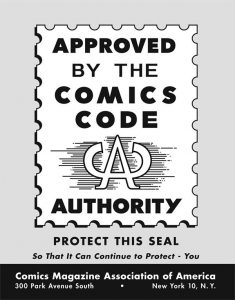 I ran across this great 1974 article reprinted from Inside Comics titled The Comics Code: 20 Years Of Self-Strangulation? It was the comments from Leonard Darvin, who worked for the Comics Code, that struck me. I’ve added his comments in italics, written in 1974 after twenty years of the comics code, and added my comments below his in relation to the current comics market, forty-three years later.
I ran across this great 1974 article reprinted from Inside Comics titled The Comics Code: 20 Years Of Self-Strangulation? It was the comments from Leonard Darvin, who worked for the Comics Code, that struck me. I’ve added his comments in italics, written in 1974 after twenty years of the comics code, and added my comments below his in relation to the current comics market, forty-three years later.
Were it not for the Code, comics might have survived as a small, offbeat type of publication for adults.
Only in this last decade are comics in North America being fully embraced as a graphic storytelling medium. Yes there have been exceptions that piqued the public interest for a short while, such as Maus and Watchmen, but there’s still a negative connotation attached to comics. For whatever reason Europe and Asia accepted bande dessinee and manga as forms of printed entertainment, providing different products for every age group, with no stigmas attached.
There’s no arbitrary limit on age. The Code, on a sexual level, for example, is no more restrictive than many state laws which say that children under 17 can’t be sold a book which shows bare breasts. We have kept within the bounds of 17 or 18. It’s up to the individual publisher to decide that he’s putting a book out for kids of 7 or 8, or to decide to publish for 17 or older.
At this point I believe everyone accepts that comics aren’t for children, and haven’t been for a very long time. Mainstream publishers Marvel and DC do not print superhero comics for children. Some comics are created for children, but comics as a “kid’s medium” is long gone. After comic fans began working in the industry in the 1970s we started seeing comics by fans for fans, and they wanted stories that appealed to them at their age.
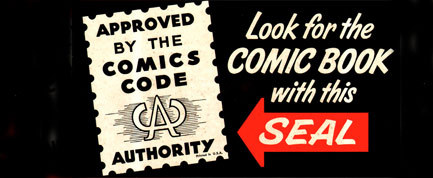 The Code can only be justified by the fact that a comic book is essentially a children’s reading device. Take that element away from it, then the Code certainly has no place, because I’m against censorship, and I know the publishers are against censorship generally for adults.
The Code can only be justified by the fact that a comic book is essentially a children’s reading device. Take that element away from it, then the Code certainly has no place, because I’m against censorship, and I know the publishers are against censorship generally for adults.
My favourite comment, tying into the “small, offbeat type of publication for adults” above. And certainly explains why there is no comics code anymore. I’m thankful comics as a medium has evolved and allowed for the full spectrum of stories available today, but the industry has lost sight of how comics became a mass market disposable entertainment medium, and by doing so children have also lost interest.
If we didn’t have the Code, competitive forces and periphery people, who are out of the business today, would come back into it, abuse the medium and kill the whole thing, as far as the mass medium goes.
Well, there is no mass medium of comics as existed before comic shops. Newsstand distribution is a long distant memory, and we’re several decades into the direct market. Comics are distributed via a monopoly, sold outright to comic shops who then sell to consumers. Mainstream publishers almost killed the market in the 1990s through their own short sightedness, and we seem to be in the grip of something similar these last few years.

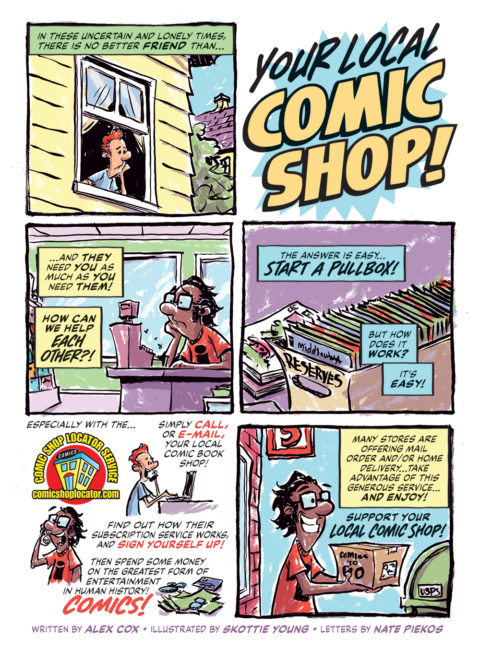
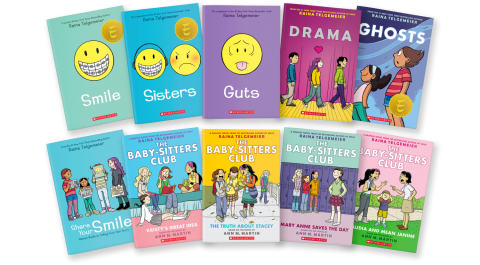
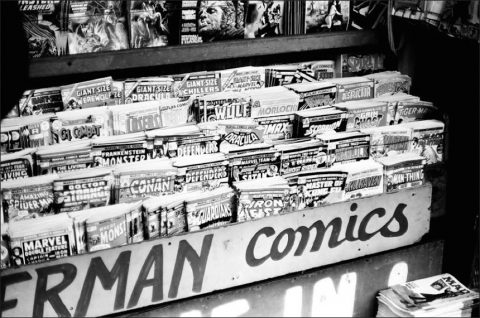
4
Scott, this is an interesting post, thanks. I think it ties to a much deeper cultural shift that changed the position of children in society, which I think can be traced to sixties counter-culture. The code was introduced to avoid “corrupting our youth”, but by the time the sixties were over, the youth had been irrevocably corrupted by other means. I think the key means was not the youth themselves, but the parents, who had been raised in the “children are to be seen and not heard” era, and were not comfortable with this for their own children. So while they maybe didn’t become hippies, they did tolerate what had previously been adult behaviors from their children. Of course, said children were drawn to adult culture because it was sexier (in the metaphoric use of the term). This meant the code was doomed, and of course we have the dynamic between Amazing Spider-Man #98 and Green Lantern #85 to demonstrate this. The code had clearly been liberalized by this time – imagine DC looking to publish its story under the code a decade earlier. The code continued to limp on, but as all of the topics addressed by the code became more and more available to children in other forms of popular culture, I believe the code became more like a tax stamp than a device used by parents to monitor their children’s intake. (As a kid I saw it more as a mark of authenticity – if it didn’t have a code stamp, it wasn’t a “real” comic book.)
So my opinion is that Darvin was living in the past in 1974 with his “abuse the medium” comments. The true “outsiders” had moved on to other media where the restrictions were also falling away and there was more money to be made, and the “insiders” under the code were pushing towards this “outsider” mentality. In any case I don’t think that Darvin’s thoughts on the code bears any relation to problems in comics publishing in the 1990s or today, which have much more to do with short-term sales volume (1990s) or book quality vs. price and creative direction (today).
I think your comment that “the industry has lost sight of how comics became a mass market disposable entertainment medium, and by doing so children have also lost interest” is right, but I don’t think it has much to do with the code at this point. The problems have more to do with cost and distribution – and perception, regardless of the code. The shift in availability really goes back to the dawn of television, but with ubiquitous smart phones, it is difficult to find books, let alone periodicals. Comic shops are now the main distribution channel, but typically kids will not be able to get to and from the shops on their own, and in many cases these shops more like forbidding D&D dens (or worse), rather than bright, welcoming shops similar to toy stores. Further limiting availability is the pricing – I am an adult with an income, and I barely buy any comics because of the ridiculous cover price to reading time ratio. I am sure there is a substantial price floor even if using poor quality paper, but if the intent is to bring in kids, the right answer seems to me to be the Golden Age mentality – crude but evocative artwork, over-the-top stories, a variety of short stories per book, and more pages for less money. (This approach would also serve as a demarcation between these and the fancy “adult collector” books, similar to the code’s meaning.) Fixing these distribution and cost issues is key to bringing in kids. Further: kids have access to very high tech entertainments at all times these days – comics cannot compete as “tangible” high tech – I think tangible low-tech, and proudly so, would be far more successful.
Perception (as you point out, “negative connotation”) is the other problem, and I don’t see this disappearing. A lot of people never “get” comics, and many or most of these people see comics as a cheat to avoid the hard work of becoming a sophisticated reader. In the days of the code, this judgment applied to code and non-code books alike.There is truth to this view at the outset, but anecdotally it seems that comics have instead served as a bridge for many, and as a barrier for extremely few. While objective studies could be used to (hopefully) support this view, I think the most convincing rebut to the negative perception is through individual testimony by respected authors, journalists, and other literate people, explaining the positive impact that comics had on their development.
The code might have saved comics in the 1950s, but something like the code would be meaningless today. Instead the industry needs to work from the perspective of self interest, and make its product more accessible, more desirable, and more acceptable to non-comic savvy parents and educators.
So in other words… in a world filled with the likes of Miley Cyrus’, the Kardashians and all the Jake Pauls on YouTube, how can any code be maintained, let alone make sense within this landscape? In the past, perhaps you can point to religion or government to play a role… but when they fail, what’s left? It’s all part of McLuhan’s whirlpool and the result is a huge serving of apathy… “meh”.
BTW, at $5 bucks a pop, yes, comics are expensive… but if you look at the actual buying power of $5 bucks… it’s not as expensive as you might think. It only seems that way because salaries haven’t kept pace with inflation. So when Scotia Bank says “you’re richer than you think”, they’re lying to us, because in reality… you’re poorer than you think.
https://youtu.be/J50ybQdJayU
I really believe we are living in critical times (even prior to Trump) and the stresses that we see in the world of comics is just a microcosm of the bigger struggle. We need more creative thinkers and problem solvers… and where is the accountability?
Mr Darvin sold me several file comics from the CCA at a covention at the hotel over Grand Central in the mid 1970s, including Showcase # 4. Most of them still had a card attached.
Great story Antoni
Was it a busy show?
Do you still have the books ???????